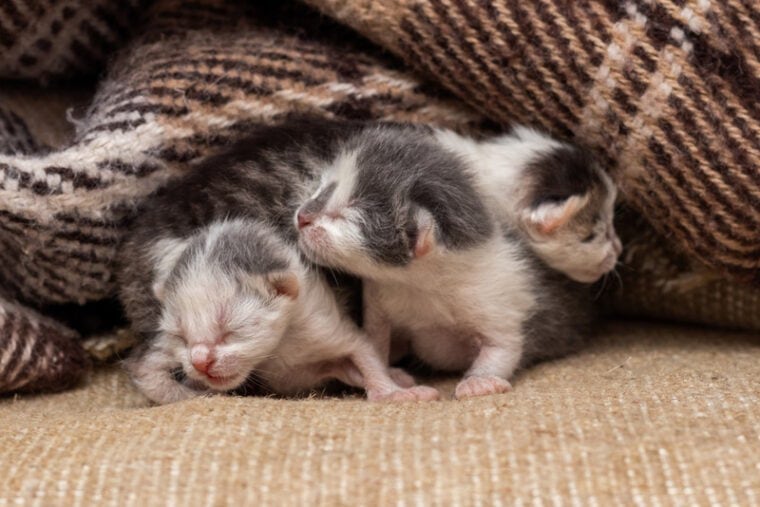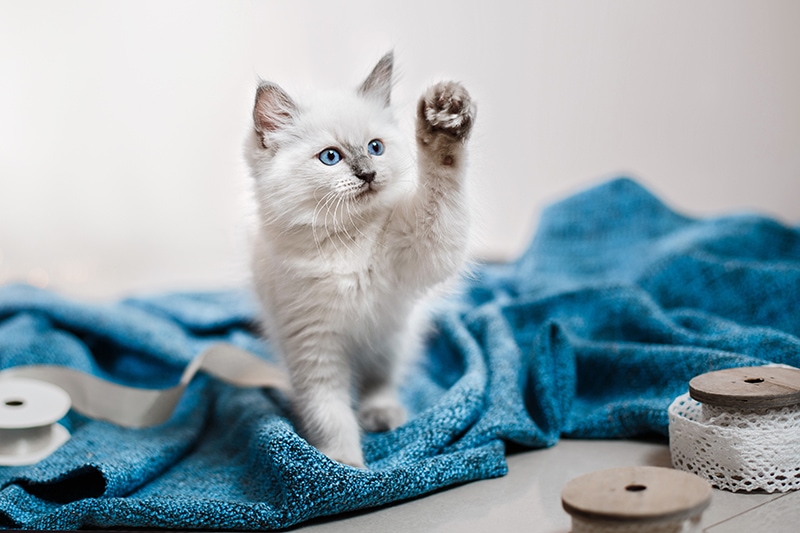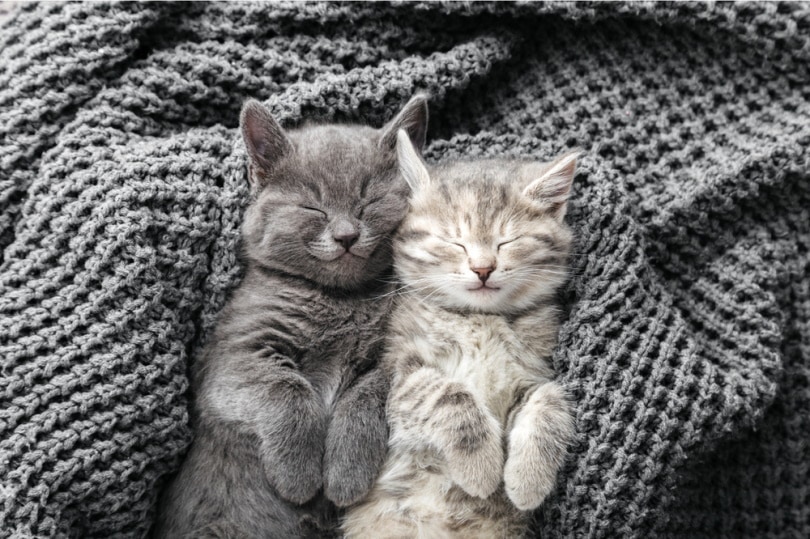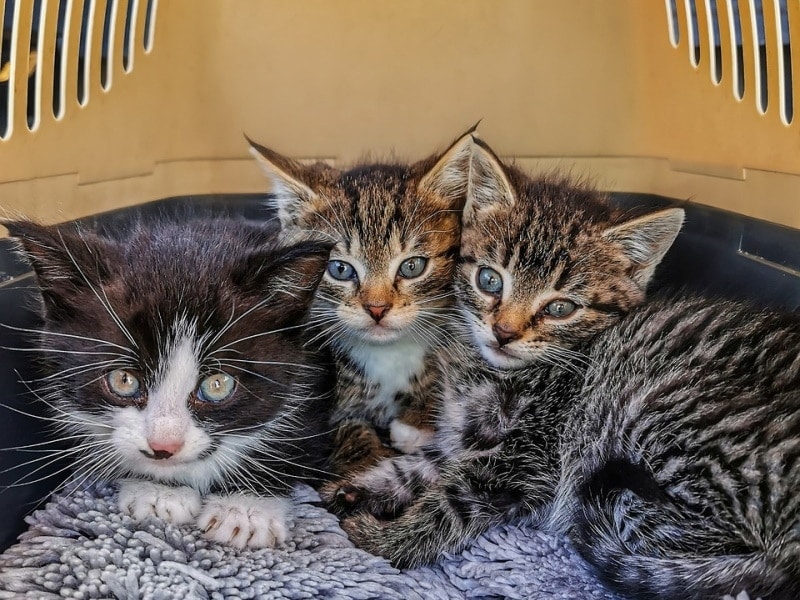
Every cat lover knows that there’s nothing cuter than a bunch of fuzzy kittens. While raising such adorable and fluffy babies at home is an incredibly heartwarming experience, it also comes with a great deal of responsibility. Keeping your kittens warm is just one aspect of this. These tiny fur babies are unable to control their own body temperature and must rely entirely on the outside environment to keep warm.
In this article, we discuss the best ways to keep your little kittens warm and cozy.
What Can Happen If the Kittens Get Too Cold?
Kittens have a limited ability to regulate their body temperature during their first weeks of life. They rely on the warmth of their mother and snuggling closely with their littermates for their comfort and survival. When separated from their mother or if environmental conditions are too cold, they are prone to hypothermia, which can be life-threatening.
Gather the Materials Needed to Keep Your Kittens Warm

Rest assured that you won’t need to buy many expensive things to keep your fur babies warm. That said, there are a few devices that will help you create a cozy environment for your kittens. Make sure there is never any direct contact between the heating device and the kitten’s skin. Heat lamps are not advised in kittens because they can easily cause burns and dehydration.
The 8 Tips for Keeping Kittens Warm
1. Provide a Warm and Cozy Shelter
Set up a warm and secure shelter for the kittens using an old cardboard box or a large pet carrier. Line it with soft blankets and towels to create a cozy nest. You should make sure there’s enough space for them to move around and get away from the heat sources, but not so much that they can’t retain heat.

2. Get an Electric Heating Pad
An easy way to keep your kittens warm is to get an electric heating pad. Make sure that the temperature is set to a safe level and that the pad doesn’t come into direct contact with the kittens. Place it under the shelter, and set it to a low heat. You could also cover it with a soft microfleece material and ensure that there is a colder zone inside the shelter so the kittens can move there if they get too hot.
3. Monitor the Temperature Carefully
To ensure the safety of the kittens, you must monitor the temperature inside their shelter, ideally with a thermometer. According to VCA Animal Hospitals, the temperature of the kitten box or enclosure should be kept between 75°F and 93°F, depending on their age. Newborns should be kept at the higher end of this range, and the temperature can be gradually decreased to 75°F by the end of the fourth week.
4. Keep Them Together
If you have a litter of kittens, keeping them together helps them generate and share body heat. Kittens will instinctively huddle close to one another for warmth and comfort.

5. Ensure Proper Feeding and Hydration
Proper nutrition is essential for maintaining body temperature. If the kittens are not nursing from their mother, ensure that you’re feeding them an appropriate kitten formula at regular intervals.
6. Limit Exposure to Cold Drafts
Install their shelter in a warm and draft-free area of your home. Avoid placing it near windows, doors, or vents that may let in cold air.

7. Supplement With Warmth During Chilly Nights
If the room temperature drops significantly during the night, consider providing additional warmth by adjusting the heating source or using a heating pad with a timer.
8. Do Regular Check-Ins
Frequently check on your kittens to ensure that they are warm, well-fed, and comfortable. Look for any signs of distress or cold stress, such as shaking or crying.
Conclusion
Caring for vulnerable little kittens is a huge responsibility, but oh so rewarding! Providing a safe and snug environment not only fosters their physical health but also nurtures their overall well-being, enabling them to mature into healthy adults. So, embrace your role as a surrogate mother cat, and watch your adorable kittens flourish!
Featured Image Credit: MVolodymyr, Shutterstock








